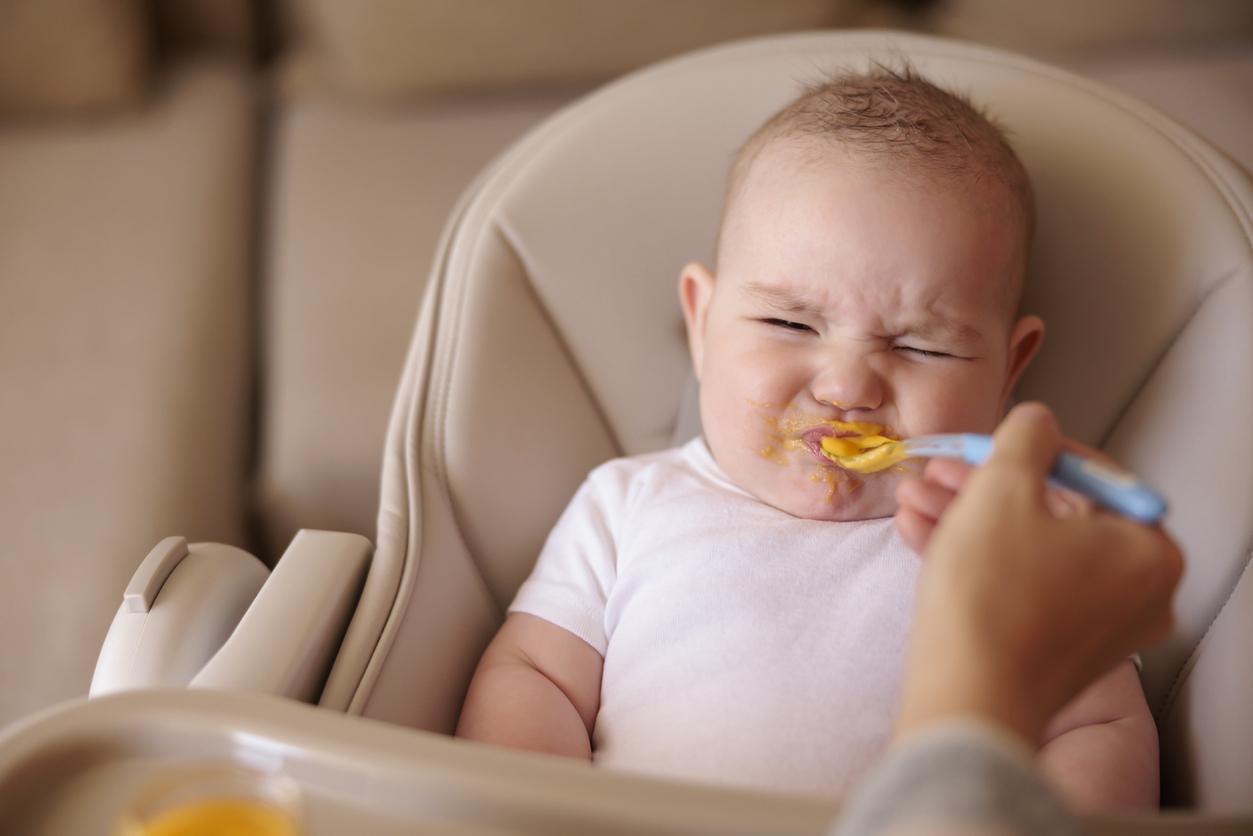A new study has found a link between changes in the shape of children’s faces and their mothers’ alcohol consumption before and during pregnancy.

- Thanks to artificial intelligence, researchers have discovered a link between an alteration in the shape of the face of children and the amount of alcohol their mothers consumed, before and during pregnancy.
- The link between alcohol consumption and a changed shape of the child’s face was present even if the mothers drank less than 12 g of alcohol per week (a small glass of wine).
- The most common facial feature changes were a snub or shortened nose tip, a crooked chin, and an upturned lower eyelid.
Researchers used artificial intelligence (AI) and deep learning technology to find a link between alterations in the shape of children’s faces and the amount of alcohol their mothers drank, before they got pregnant and during pregnancy. The study, published in the journal Human Reproduction on February 16, 2023, is the first to detect this association in children of mothers who drank alcohol up to three months before becoming pregnant but who stopped during pregnancy.
Moreover, the link between alcohol consumption and a changed shape of the child’s face existed even if the mothers drank less than 12 g of alcohol per week, the equivalent of a small glass of wine of 175 ml or 330 ml of beer. The discovery is important because the shape of children’s faces can be an indication of health and developmental problems.
Alcohol: there is a risk of fetal alcohol spectrum disorder
Gennady Roshchupkin, an assistant professor at Erasmus Medical Center in Rotterdam, the Netherlands, who led the study, said in a communicated : “I would call the face a ‘mirror of health’ because it reflects a child’s overall health. A child’s exposure to alcohol before birth can have significant adverse effects on their development, and if a mother regularly drinks a large amount, it can lead to Fetal Alcohol Spectrum Disorder, FASD, which is reflected in the faces of the children.”
FASD is defined as a combination of growth delays, neurological disorders, and recognizable abnormal facial development. Symptoms include cognitive impairment, attention deficit hyperactivity disorder (ADHD), learning difficulties, memory problems, behavioral problems, and speech and language delays. FASD is already known to be caused by a mother’s alcohol consumption during pregnancy, particularly heavy drinking. However, until now, little was known about the effect of low alcohol consumption on children’s facial development, and therefore on their health. It is also the first study to examine the issue in children of multiple ethnic backgrounds.
A discovery made possible thanks to artificial intelligence
The researchers used AI and deep learning to analyze three-dimensional images of children taken at the age of nine (3,149 children) and 13 (2,477 children). The children were part of the “Generation R” study in the Netherlands, an ongoing study based on the population of pregnant women and their children from fetal life. The children in this analysis were born between January 2006 and April 2009. “For this task, we developed an AI-based algorithm, which takes high-resolution 3D images of the face and produces 200 unique measurements or ‘features’. We analyzed them for associations with prenatal exposure to alcohol and we have developed heatmaps to display the particular facial features associated with mothers’ alcohol consumption”explains Professor Roshchupkin.
“We found a statistically significant association between prenatal alcohol exposure and facial shape in nine-year-old children. The more alcohol the mothers drank, the more statistically significant changes there were. common were the tip of the nose turned up or a shortened nose, twisted chin and upturned lower eyelid”, said Xianjing Liu, a student in the group of Professor Roshchupkin, who developed the AI algorithm. Going forward, further investigations are needed to fully understand how the association develops and then weakens with age.

















